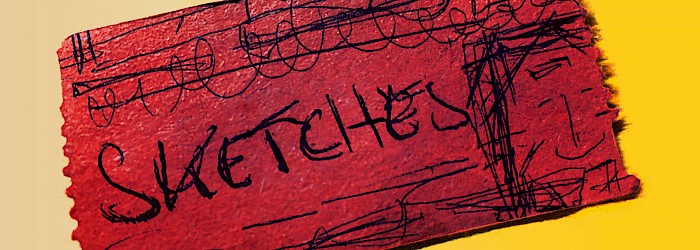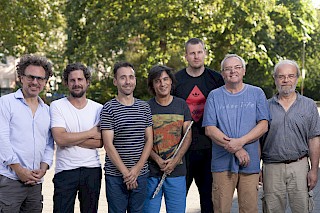
Sketches 2018
Spain’s culture has had a significant influence on jazz since the mid-20th century. The best explanation for this phenomenon is that jazz as a global hybrid of various cultures discovered a culture in Spain which fuses the European-Christian with North African-Islamic elements.

Spanish culture is therefore also about encounter, and this creative friction between different forms of expression is, so to speak, inherent to the spirit of jazz. When Coleman Hawkins made his famous recording in 1948 – famous because it was the first unaccompanied saxophone solo – he called it ›Picasso‹. At that stage, this title can still be interpreted purely as an expression of enthusiasm for a great Spaniard because in its musical structure, the piece remains entirely in keeping with classic jazz, being based on the chords of ›Body And Soul‹. With the gradual shift away from swing/bebop harmonies and the birth of modal jazz, this enthusiasm for Spain can clearly be heard. Jazz musicians discover scales in Spanish music that do not otherwise appear in classical or popular music. Melodies with both minor and major steps were perhaps the first moves towards what we now call world music.
On his iconic album ›Kind Of Blue‹, Miles Davis calls one of the tracks ›Flamenco Sketches‹. A little later, Coltrane records his album ›Olé Coltrane‹; and Chick Corea has written a whole string of pieces that represent a homage to Spanish culture. The most famous album by a jazz musician devoted to Spain – ›Sketches of Spain‹ – was created by Miles Davis and Gil Evans. Never before had essentially big band music so consistently referenced European culture. We are therefore more than happy to give the title of ›Sketches‹ to our encounter with two outstanding Spanish colleagues and a series of concerts in NRW and the Iberian peninsula.
